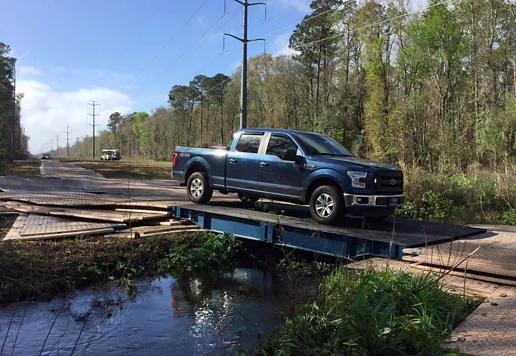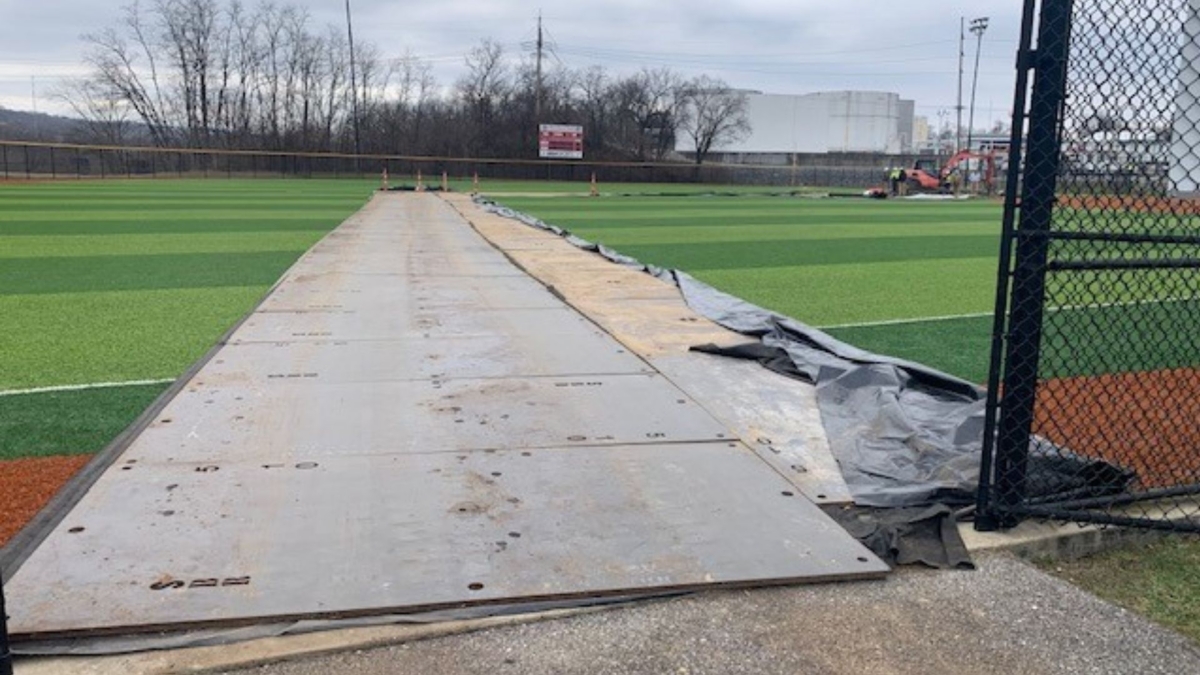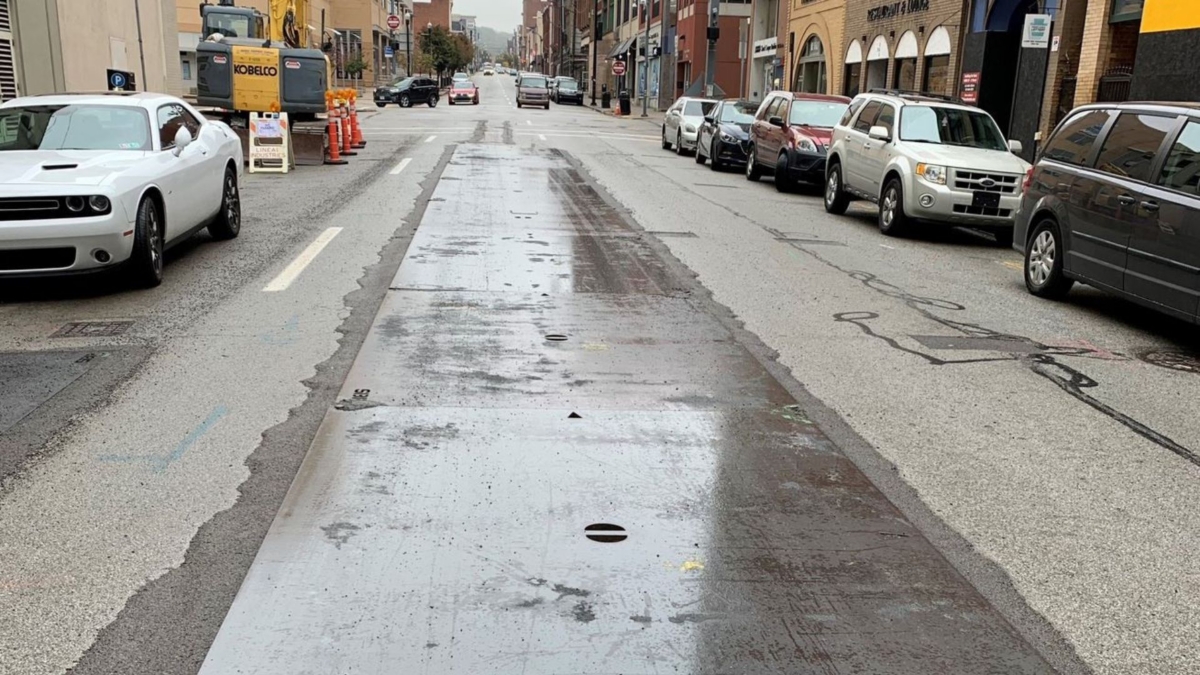-
Equipment and Tools
-
Aerial Work Platforms, Scaffolding And Ladders
- See all
- Atrium Lift
- Cranes / Boom Trucks
- Electric Scissorlifts
- Low-Level Access
-
Manlift Articulating
- See all
- Manlift Articulating 120' - 135' Combustion
- Manlift Articulating 30' - 39' Combustion
- Manlift Articulating 30' - 39' Electric
- Manlift Articulating 34' - 39' Towable
- Manlift Articulating 40' - 49' Combustion
- Manlift Articulating 40' - 49' Electric
- Manlift Articulating 50' - 59' Towable
- Manlift Articulating 60' - 69' Combustion
- Manlift Articulating 60' - 69' Electric
- Manlift Articulating 80' - 89' Combustion
- Manlift Straight Boom
- Mast Boom Lift
- One Man Drivable
- One Man Push Arounds
- Power Accessories
- Rt Scissor
- Scaffolding And Ladders
- Straddle Adapter
-
Air Compressors And Air Tools
- See all
- Air Compressor Aftercoolers / Filters / Separators / Dryers
-
Air Compressors
- See all
- Air Compressors 1000cfm - 1300cfm
- Air Compressors 1000cfm - 1300cfm Instrument Quality
- Air Compressors 1500cfm - 1800cfm Instrument Quality
- Air Compressors 300cfm - 400cfm
- Air Compressors 300cfm - 400cfm Instrument Quality
- Air Compressors 5cfm - 85cfm
- Air Compressors 600cfm - 900cfm
- Air Compressors 600cfm - 900cfm Instrument Quality
- Air Compressors 90cfm - 250cfm
- Air Compressors Electric 100cfm - 1000cfm
- Air Compressor Accessories
- Air Impact Wrenches
- Air Nailers & Staplers
- Air Tools - Contractor
- Air Tools - Demolition
- Air Tools - Industrial
- Compaction
-
Concrete And Masonry
- See all
- Battery Powered Saw
- Concrete - Finishing Equipment
- Concrete - Surface Preparation Equipment
-
Concrete / Masonry - Cutting & Drilling Equipment
- See all
- Concrete& Asphalt Floor Saws - Push Type
- Concrete And Masonry Blades
- Concrete Dowel Drills
- Core Drill Bits
- Crack Chasers
- Cutoff Saws Hand Held/ Gas/ Air/ Electric/ Hydraulic
- Diamond Chain Saws
- Diamond Core Drills
- Early Entry Concrete Saws
- Masonry Saws
- Street Saws Self-Propelled
- Tile Saws
- Concrete Water Accessories
- Concrete / Masonry - Mixing & Placing Equipment
-
Cooling, Heating, Drying And Indoor Air Quality
- See all
- Air Management - Accessories
- Air Management - Air Scrubbers
- Air Management - Dehumidifier
- Air Management - Fans & Blowers
- Boilers
- Cooling - Air Conditioning
- Cooling - Air Handlers
- Cooling - Chillers
- Cooling - Cooling Tower
- Cooling - Spot Cooler
- Fans / Blowers / Ventilators
- Heating - Accessories
-
Heating - Direct Fired
- See all
- 201k-300k Btu Kerosene Heater Dir
- 20k-80k Btu Kerosene Heater Dir
- 301k-400k Btu Kerosene Heater Dir
- 301k-400k Btu Lp/Ng Heater Dir
- 40k-70k Btu Kerosene Heater Dir
- 81k-200k Btu Kerosene Heater Dir
- Propane Convection& Radiant Heaters 22k - 200k Bt
- Propane/Natural Gas Direct-Fired Heaters 30k-2.5m
- Heating - Electric
- Heating - Flameless
- Heating - Hydronic / Ground
-
Heating - Indirect Fired
- See all
- 1000k Btu And Up Kerosene Heater
- 1000k Btu And Up Lp/Ng Heater
- 1mil - 5mil Btu Diesel Heater
- 201k-300k Btu Kerosene Heater
- 301k-400k Btu Kerosene Heater
- 301k-400k Btu Lp/Ng Heater
- 401k-500k Btu Kerosene Heater
- 401k-500k Btu Lp/Ng Heater
- 501k-999k Btu Diesel Heater
- 501k-999k Btu Kerosene Heater
- 501k-999k Btu Lp/Ng Heater
- 81k-200k Btu Kerosene Heater
- Heating - Steam / Hot Water
-
Earth Moving
- See all
- Backhoe Loaders
- Dozers & Crawler Loaders
- Excavators
- Hydraulic Breakers & Demolition Attachments
- Mini Excavators
- Motor Graders
- Rental Vehicles
-
Skidsteer Loaders
- See all
- Compact Skidsteer Loader
- Skidsteer Loader 999lb& Under
- Skidsteer Loader 1000-1499lb
- Skidsteer Loader 1100-1500lb Track
- Skidsteer Loader 1500-2000lb
- Skidsteer Loader 1500-2100lb Track
- Skidsteer Loader 2000-2800lb
- Skidsteer Loader 2100-2800lb Track
- Skidsteer Loader 2800-3200lb Track
- Ride On Skidsteer Attachments
- Skidsteer Attachments
- Tractors & Landscape Loaders
- Trenchers
- Wheel Loaders
- Floor Care
-
Forklifts
- See all
- Forklift Accessories
- Forklifts - Industrial
- Forklifts - Straight Mast Rt
- Forklifts - Telehandler
-
Material Handling Equipment
- See all
- Aluminum Dockplates
- Aluminum Loading Ramps
- Appliance Trucks
- Banding Kits
- Cricket Pipe Dolly
- Dry Wall Lift& Carts
- Duct Jacks/ Genie Material Lifts
- Glass Manipulators
- Grasshopper Pipe Dolly
- Hand Trucks
- Hilman Rollers/ Roller Skid Systems
- Hydraulic Rol-A-Lift
- Johnson Bar/ Pry Dollies
- Load Binders
- Pallet Pullers
- Pallet Trucks
- Platform Trucks
- Roust-A-Bout Portable Lift
- Stairclimbing Motorized Hand Trucks
- Warehouse Dolly
-
General Construction Tools
- See all
- Abrasive Blasting Equipment
- Batteries And Chargers
- Battery Powered Air Compressor
-
Battery Powered Tools
- See all
- Angle Grinders - Battery
- Circular Saws - Battery
- Compound Miter Saws - Battery
- Drywall Screwdrivers - Battery
- Hand-Held Band Saw - Battery
- Hand-Held Drills - Battery
- Impact Wrenches - Battery
- Miscellaneous - Battery
- Nailers - Battery
- Orbital Sanders - Battery
- Portable Table Saw - Battery
- Reciprocating Saws - Battery
- Rotary And Demolition Hammers - Battery
- Battery Powered Vacuum
- Chain Hoists & Air Winches
- Conveyors
- Drain & Sewer Cleaning & Inspections
-
Electric Tools
- See all
- Angle Grinders
- Belt Sanders
- Circular Saws
- Compound Miter Saws
- Die Grinders
- Drywall Screwdrivers
- Hand-Held Band Saw
- Hand-Held Drills
- Heat Gun
- Impact Wrenches
- Jigsaws
- Magnetic Drills
- Orbital Sanders
- Planers
- Portable Table Saw
- Reciprocating Saws
- Rotary And Demolition Hammer Accessories
- Rotary And Demolition Hammers
- Routers
- Shears& Nibblers
- Stationary Chop Saw
- Hydraulic / Electric Torque Wrenches / Enerpac
- Hydraulic Cylinders / Enerpac Jacking Systems
- Hydraulic Pumps / Enerpac
- Hydraulic Tools / Enerpac
- Industrial Vehicles
- Jacks - Bottle / Screw / Toe Jack
- Laser & Optical Levels
- Lighting Equipment
-
Mechanical & Electrical Contractor Trade Tools
- See all
- Cable Feeder
- Cable Reel Roller - Electric
- Cable Reel Stands/ Spindles
- Chain Vice/ Tri-Stand/ Pipe Stands
- Crimping Tools - Electric
- Crimping Tools - Manual
- Electric Cable Pullers& Sheaves
- Electric Conduit Benders
- Electric Pvc Heaters/ Pvc Benders
- Geared Threader/ Hog Head
- Hole Cutting Tool
- Hydraulic Conduit Benders
- Hydraulic Punch Drivers/ Knockout Sets
- Manual Pipe Tools& Accessories
- Mechanical Conduit Benders
- Pipe Threaders - Electric
- Power Fish System
- Power Pipe Cutters
- Victaulic Roll Groovers
- Wire Carts/ Dispensers
- Miscellaneous
- Paint Sprayers
- Pressure Washers
- Siding Brake
- Site Services
- Storage Containers / Jobsite Storage
- Traffic Safety Equipment
- Trailers
- Welding & Plasma Cutting Equipment
- Generators And Accessories
- Ground Protection
-
Lawn, Landscape, And Tree
- See all
- Battery Powered Lawn & Landscape
-
Lawn & Landscape
- See all
- Backpack Sprayer
- Bed Edger/ Trencher
- Chain Saws
- Garden Tillers
- Gas-Powered Drill
- Hand Tools
- Hand-Held Metal Detector
- Hedge Trimmers
- Hydroseeder
- Lawn Aerators
- Lawn Dethatchers
- Lawn Mowers& Brush Cutters
- Lawn Overseeder
- Lawn Spreader& Roller
- Lawn Vacuum
- Leaf Blowers/ Mulchers
- Log Splitter
- Post Driver
- Post Hole Augers
- Sod Cutters
- Straw Blowers
- Trimmers& Pruners
- Wheelbarrows
- Stump Grinders
- Wood & Brush Chippers
- Load Banks
- Portable Ice Rinks And Pathways
- Pumps
- Refrigeration
- Temporary Containment Walls
- Temporary Fencing
- Temporary Structures
- Trench And Shoring Equipment
-
Aerial Work Platforms, Scaffolding And Ladders
-
-
Industry Solutions
Agriculture Equipment Amusement Theme Parks Automotive Equipment Aviation Equipment Civil Commercial Construction Equipment Educational Facility Equipment Emergency Restoration and Response Entertainment Venue EquipmentEvent Rentals Film & TV Production Golf Course Management Equipment Government Services Healthcare Hospitality Equipment Industrial Manufacturing Equipment Marine EquipmentMining Equipment Oil Gas Equipment Real Estate and Property Maintenance Retail Maintenance Equipment Stadium Maintenance & Cleaning Equipment Utility Services
-
Industry Solutions

Common Temporary Site Access Problems and Solutions
Construction site access is a crucial aspect of projects that can make or break timelines. However, unforeseen challenges can arise, hindering progress and posing potential risks to both the project and the workers. Fortunately, practical solutions exist to overcome these obstacles. In this article, we will explore the most common temporary site access problems encountered in construction projects and provide effective strategies to tackle them head-on.
Frequent Site Access Problems and Solutions
Struggling with temporary site access? Conquer delays with proven solutions. Click any of the links below to learn more:

Common Temporary Site Access Problems
When construction sites experience temporary access problems, it can have a negative impact on the overall progress and efficiency of the project. Site accessibility is critical for the timely execution of tasks, and any obstacles can result in delays and increased costs. These issues can vary from logistical hindrances to potential safety concerns. Addressing temporary site access problems through proactive planning, open communication with stakeholders, and adaptable strategies is important. This will ensure that construction activities proceed as smoothly as possible despite the unpredictable nature of the issues.
Unforeseen Site Conditions
Unforeseen site conditions refer to unexpected challenges that can arise during construction projects. Distinct from weather or seasonal influences, these challenges can range from hidden obstacles underground to unforeseen ecological factors. They introduce complexities that require adaptability and problem-solving skills to overcome.
- Unanticipated Soil Conditions: Discovery of soil characteristics like instability, contamination, or unexpected composition during excavation. These conditions can necessitate adjustments to foundation design and construction methods, impacting project timelines and costs.
- Undiscovered Rock Formations: Unforeseen encounters with rock formations not evident during initial assessments. Dealing with unexpected rock may necessitate specialized excavation methods, potentially affecting the project schedule and budget.
- Undocumented Foundations: Encountering structures or foundations not initially identified in project plans. These hidden elements may require alterations to construction approaches, leading to potential delays and the need for specialized handling.
- Unplanned Utility Conflicts: Identification of conflicts with utilities that were not accurately mapped during the planning phase. Resolving these conflicts may require rerouting utilities, coordination with utility companies, and potential adjustments to the construction schedule.
- Unstable Slopes: Recognition of slopes prone to instability or potential landslide areas. Addressing these challenges may involve slope stabilization measures, impacting site development plans and construction sequencing.
- High Water Tables: Identification of high water tables on-site, leading to groundwater-related challenges such as seepage, flooding, or difficulties in excavation. Mitigating these issues may require additional drainage measures and impact construction sequencing.
- Ecological Concerns: Discovery of protected species or other environmental sensitivities on-site. Adapting construction plans to minimize impact may involve collaboration with environmental agencies, potentially leading to project modifications.
Seasonal and Inclement Weather Conditions
Construction projects face significant site access challenges due to seasonal and inclement weather conditions. These conditions introduce variables that can considerably impact project timelines and safety. These challenges require proactive planning and additional equipment to mitigate their effects. Although they may be more predictable than many unforeseen challenges, they can still be difficult to manage and necessitate careful attention.
- Heavy Rainfall: Extended periods of heavy rain lead to flooding, erosion, and waterlogged construction sites. The resulting muddy conditions can make access roads impassable, hindering the movement of construction vehicles. This can impede excavation, earthmoving, and material transport, causing delays and potential safety risks.
- Strong Winds: Windstorms pose risks to worker safety and impact crane operations. Windborne debris can pose hazards, requiring temporary shutdowns and safety assessments before resuming construction activities. High winds may also compromise the stability of access structures, creating obstacles for site entry.
- Electrical Storms: Lightning during thunderstorms poses safety risks. Construction activities often need to pause during electrical storms to ensure worker safety, potentially leading to delays in the project schedule. Lightning strikes can damage your access infrastructure, requiring inspections and repairs before normal entry is restored.
- Severe Tropical Weather: Impact of hurricanes or cyclones causing widespread damage. Construction sites in vulnerable regions may need to be evacuated, and projects can experience significant delays due to the destructive nature of these weather events. Access roads may be blocked by debris or become unsafe for use.
- Winter Weather Challenges: Accumulation of snow and ice hinders construction activities and impacts worker safety. Access roads may become slippery and challenging to navigate, further complicating site access.

Solutions to Common Site Access Problems
Overcoming site access challenges in construction requires innovative solutions to ensure smooth operations. Fortunately, there are several effective methods that can be employed to maintain reliable access. Sunbelt Rentals offers a comprehensive range of site access products, including road plates, bridges, and composite matting solutions. With our help, you can get to where you need to go without any trouble.
Steel Road Plates
Purpose: Steel road plates serve as a secure temporary roadway, providing a stable surface over uneven or challenging terrain.
Benefits: These plates distribute the weight of heavy construction equipment, preventing damage to the ground below. Steel road plates are particularly useful in areas with soft soil or mud, offering a temporary roadway for efficient access.
Specifications: Ideal for trench covering and temporary road surfacing, the available road plates range from 4 feet by 8 feet to 8 feet by 20 feet. Most plates are one inch thick and include lifting eyes for easy placement and lifting.
Composite Mats
Purpose: Composite mats are engineered to provide temporary ground protection, enhancing stability for vehicles and machinery on construction sites.
Benefits: These mats are lightweight yet durable, making them versatile for various terrains. They effectively minimize environmental impact, reduce soil disturbance, and prevent rutting.
Specifications: We maintain a massive inventory of ground protection mats and accessories. From Ground Protection Mats and Special Event Matting to Industrial Matting and Site Access Solutions, our team of experts also offers full turnkey services for both industrial and event spaces, including design and layout, project management, logistics, installation, and removal.
Trench Crossing Units
Purpose: Trench crossing units are specialized structures designed to span trenches, ditches, or other excavated areas, allowing safe passage for personnel and equipment.
Benefits: These units provide a secure and stable crossing, minimizing the risk of accidents or damage. They are adjustable to accommodate various trench widths and depths, offering flexibility in construction site layouts.
Specifications: Constructed from galvanized steel, trench crossing units are modular systems that can be easily installed and can withstand heavy loads. Moreover, they can be conveniently adjusted to different widths in increments as their sections easily connect together.
Looking for a temporary access system that can meet the specific requirements of your project?
Our team of experts will work with you from start to finish, ensuring that your planned, reactive, or emergency applications get a fully engineered solution.
Trench Safety Resources
Dive deeper into Trench Safety with these related articles, blogs, and success stories.






